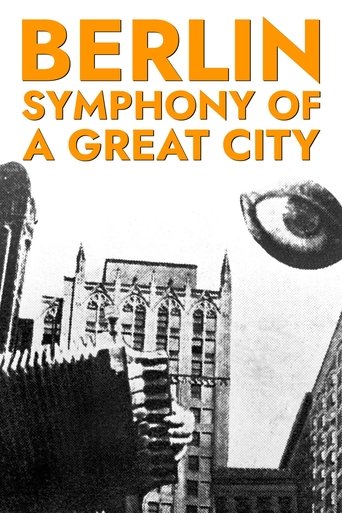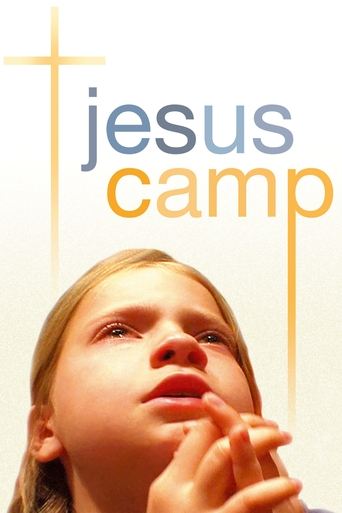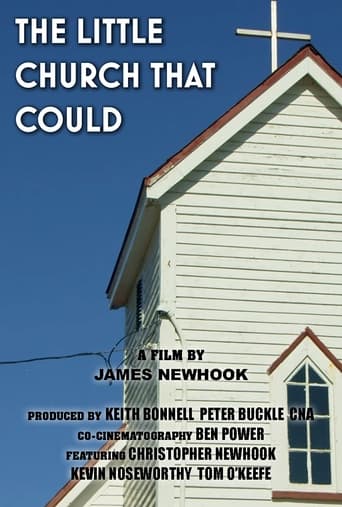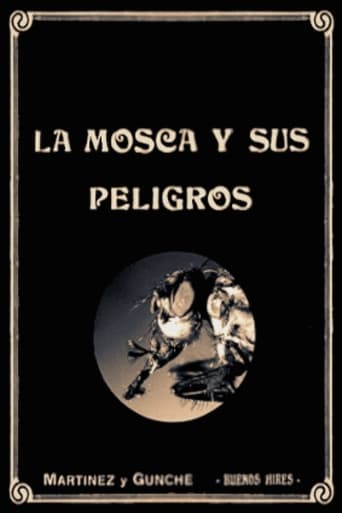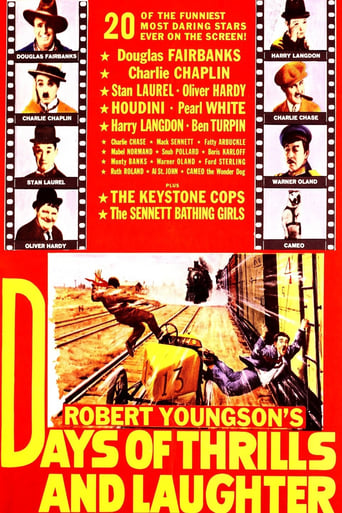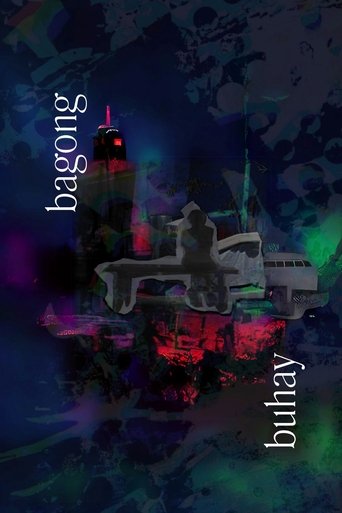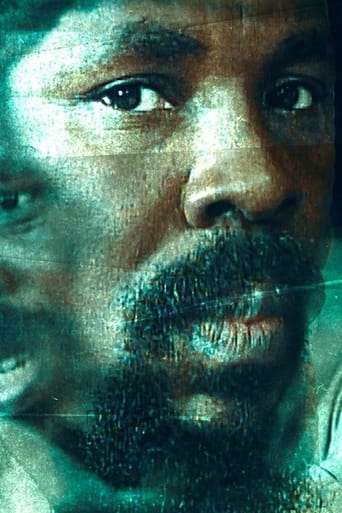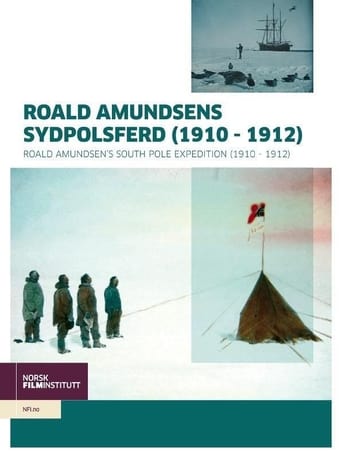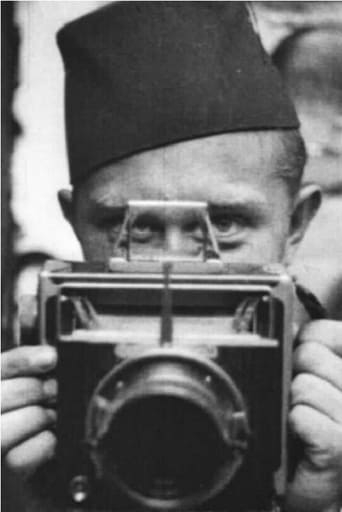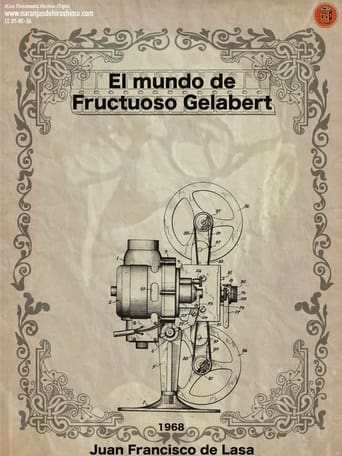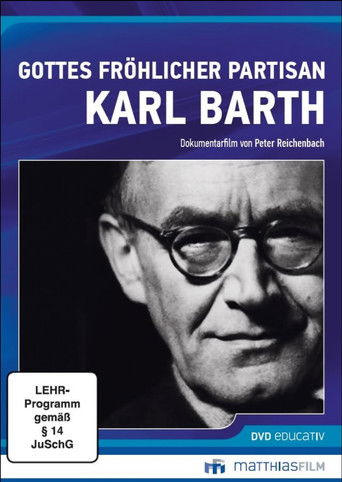
Making Passionate Disciples: 40 Years of Christ Community Church
This documentary chronicles the journey of Christ Community Church, a thriving multisite church in Chicagoland, founded by Pastor Jim Nicodem and his wife, Sue. From its humble beginnings to its growth into a dynamic community of faith, the film explores the church’s foundation, history, and core values that have shaped its mission. Through interviews, archival footage, and personal stories, this documentary highlights the impact of Christ Community Church on its members, its surrounding communities, and its vision for the future.
